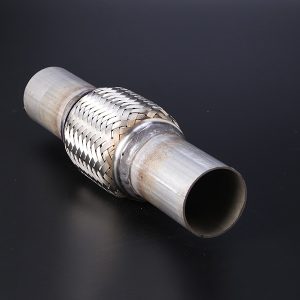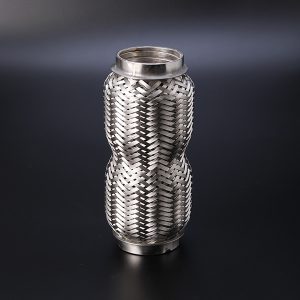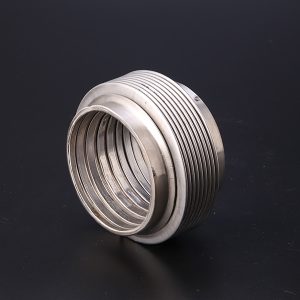


Flexible exhaust pipes have been around for a while, but their full potential has only recently been realized. These pipes are made of a flexible material, such as silicone or stainless steel, and are designed to bend and flex with the vibrations and movements of industrial equipment. This flexibility provides a number of benefits that have revolutionized the way industrial equipment is designed, built, and maintained.
One of the main benefits of flexible exhaust pipes is their ability to reduce stress on other components in the system. Traditional rigid pipes can transfer vibrations and movements to other parts of the equipment, causing wear and tear and potentially leading to breakdowns. Flexible pipes absorb these vibrations and movements, reducing stress on other components and extending the life of the equipment.
Another advantage of flexible exhaust pipes is their ability to adapt to different configurations and layouts. Traditional rigid pipes often require complex and expensive customizations to fit into tight spaces or accommodate unique designs. Flexible pipes can be easily bent and shaped to fit into any space or configuration, eliminating the need for costly customizations.
Flexible exhaust pipes also offer improved safety benefits. Traditional rigid piping is prone to cracking or rupture under extreme temperatures or pressures, leading to leaks and potential hazards. Flexible pipes are designed to withstand these extreme conditions, reducing the risk of leaks and other safety hazards.
In addition to these benefits, flexible exhaust pipes also offer improved performance and efficiency. Their flexibility allows for more efficient exhaust flow, reducing back pressure and improving overall performance. This can result in improved fuel efficiency, reduced emissions, and better overall performance of the equipment.
Collectively, the power of flexible exhaust ducts has revolutionized the way industrial equipment is designed and maintained. Their ability to reduce stress on other components, adapt to different configurations, improve safety, and enhance performance has made them an essential component in modern industrial equipment. As technology continues to evolve, we can expect to see even more innovative uses for this powerful and versatile technology.

